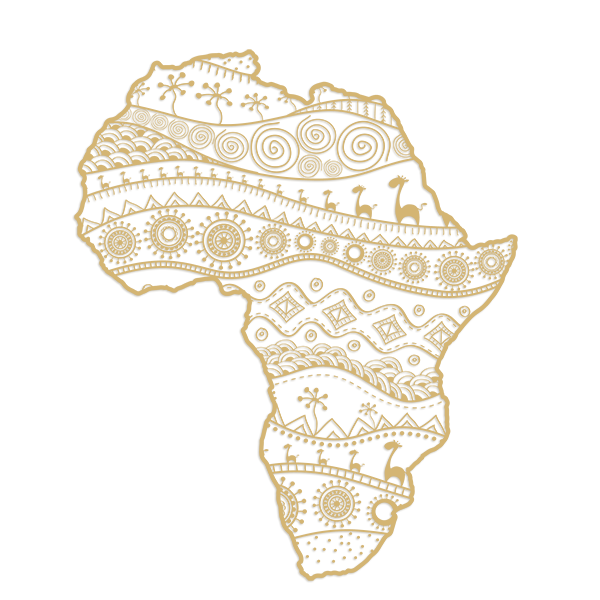
- Profile
- Tour Operators
- Accommodation
- prev
- next
- Bookmark
- Share
- Become an influencer
- prev
- next
Overview
Lope National Park is situated right in the centre of Gabon and was the first protected area following the creation of the Lope-Okanda Wildlife Reserve in 1946. When the country’s President declared the creation of 13 national parks in 2002, Lope National Park was included.
Covering an area of 4910 km² the terrain is mostly rainforest. In the north of the park are the last remnants of the grass savannahs created during the last ice age and these represent a unique record of the biological evolution of that time. The Ogooué River runs through the north of Lope with wonderful trees coming down to the rivers edge, playing home to a wide range of birds and mammals (63 species of the latter).
Some of the mammal species include the forest elephant, western lowland gorilla, chimpanzee, mandrill, forest buffalo, sun-tailed guenon, leopard, black colobus, sitantunga and yellow-backed duiker. Bird species include rosy bee-eater, crowned hawk eagle, Dja river warbler, great blue turaco, grey-necked rock fowl (picathartes), the chocolate-backed kingfisher, emerald cuckoo and black guinea fowl. Excursions to observe the mandrills with radio tracking devices have proved to be worthwhile around the Lope Hotel, and some good photographs may be obtained.
A research centre has been established in the park and is managed by the Wildlife Conservation Society (WCS) – similar to the establishment in the equally splendid Invindo National Park. Tourists are able to visit and stay at the research centre and take part in the daily research programme, which focuses on the behavior of the great apes, leopards, elephants, buffalo, mandrills, mangabeys and other taxa. Accommodation is very basic, as is the food, and the days are spent in the forest with a packed lunch, French speaking guides and secateurs with which to quietly slice a way through the jungle.
A highlight of staying at the research centre is trying to find the grey-necked pitacarthes (rock fowl) and the success rate is quite high. Be warned – wear long pants with gaiters, long socks and long sleeved shirts as the mosquitoes are very bad around the nesting spots. Access to the research centre is usually in one of the research vehicles travelling along a bumpy dirt road at top speed with your luggage bouncing around in the back of the vehicle. A police check-point asks for yellow fever vaccination certificates and its wise to keep these on you for this journey.
The Lope area has been inhabited for nearly 400,000 years and there are numerous artifacts telling the tales of the ancient hunter-gatherer settlements. The Ogooué River has been a major trading route through these times and a road was built through the north of the park in the 1960s. The area was opened to forestry by the building of the railway in the 1980s – this connects the national park to both Ivindo and Libreville.
Most villages are today concentrated around the railway and road, with very few rural villages in the rest of the Lope area. Some Bongo “pygmy” groups still hunt and gather in the south of the park and a few are employed by the research station due to their skill in tracking through the forest.
The parks is under constant threat from hunting and ivory poaching, as well as commercial logging – however a training centre has been established to train young African conservationists and a good educational programme operates throughout the surrounding villages for further education in wildlife issues.
Vital Park Information
Gabon
4 910 km²
To be on the safe side, it is better not to drink the tap water in Gabon unless you have water-purifying tablets. Bottled water is widely available, as are soft drinks (usually referred to as jus) like Coca-Cola, Sprite and Fanta, beers, wines and spirits. ... In rural areas, the ubiquitous palm wine is the usual tipple.
CFA franc, Central African CFA franc
May, June, July, August, September
When is the best time of year to Visit Lopé National Park? The dry season from May to September has the bonus of lower humidity. The best time to see the mandrills is between June and November when the males come out of seclusion to find a mate and super troops of hundreds or even 1000+ individuals can congregate.

